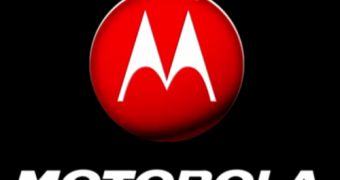Mobile phone maker Motorola has just made a new step towards the official unveiling of its first tablet PC that would run under Google’s Android operating system.
After being able to have a glimpse at this device a few weeks ago, when Andy Rubin brought it to D: Dive into Mobile, we have now the chance to learn when exactly would the tablet PC be unveiled officially to the world.
A video that was just published by Motorola (via Engadget), and which is called “Tablet Evolution”, puts at the top of this evolutionary chain none other than the upcoming product from the handset vendor.
Moreover, the video explains it clearly that Motorola is set to make the device official at CES 2011, running under what should be a version of the Android OS that was not aimed at mobile phones.
Andy Rubin confirmed that the upcoming tablet PC would be running under the next version of Google’s mobile operating system, namely Android, and it appears that Motorola too is trying to say the same thing.
While Android tablets are already present on the market, they are running under platform versions that were developed mainly for handsets, and the video gives such an example, in the form of Galaxy Tab.
Basically, Motorola suggests that it would be able to offer a device that should mark the next evolutionary step for tablets, and that CES 2011 is the place where all this is going to happen.
With Android 3.0 Honeycomb on board, the Motorola slate should be the answer we were looking for in this emerging segment of tablet PCs. However, since no exact info on the device’s hardware specifications was unveiled at the moment, we should expect for the said January event to kick off, to learn more on it.
Previous rumors suggested that Motorola would pack it with a Tegra 2 chipset inside, while throwing on top of it a 10-inch touchscreen display.
While no confirmation on this emerged for the time being, the device is expected to arrive on the United States market on the airwaves of Verizon Wireless, and might even support the wireless carrier’s new 4G LTE network.

 14 DAY TRIAL //
14 DAY TRIAL //